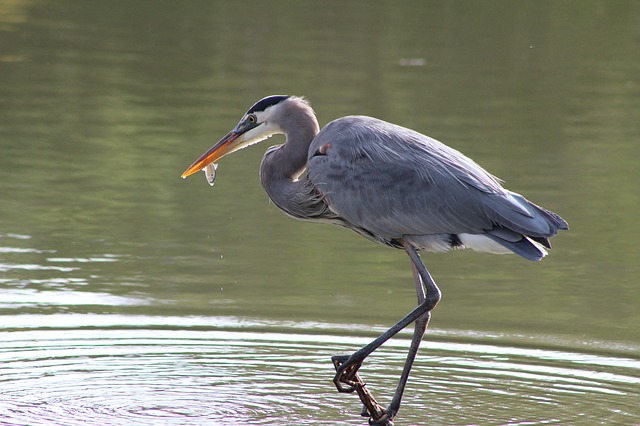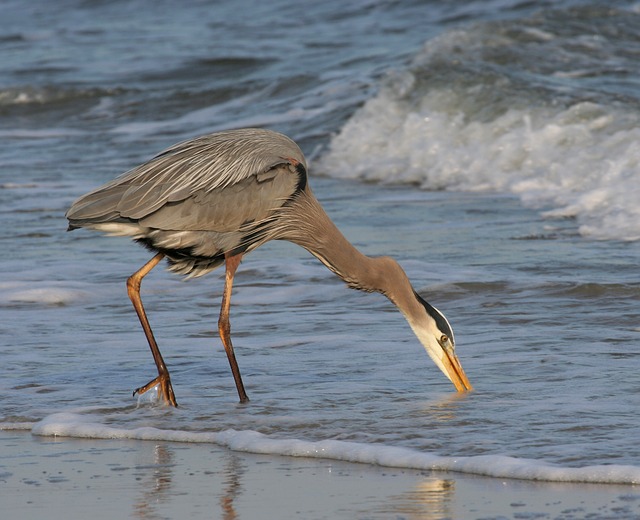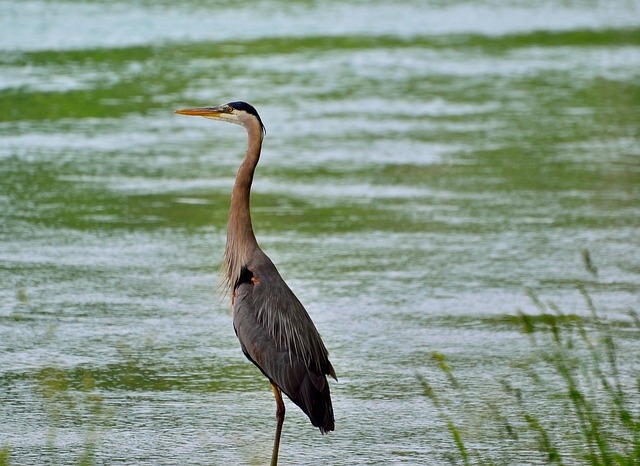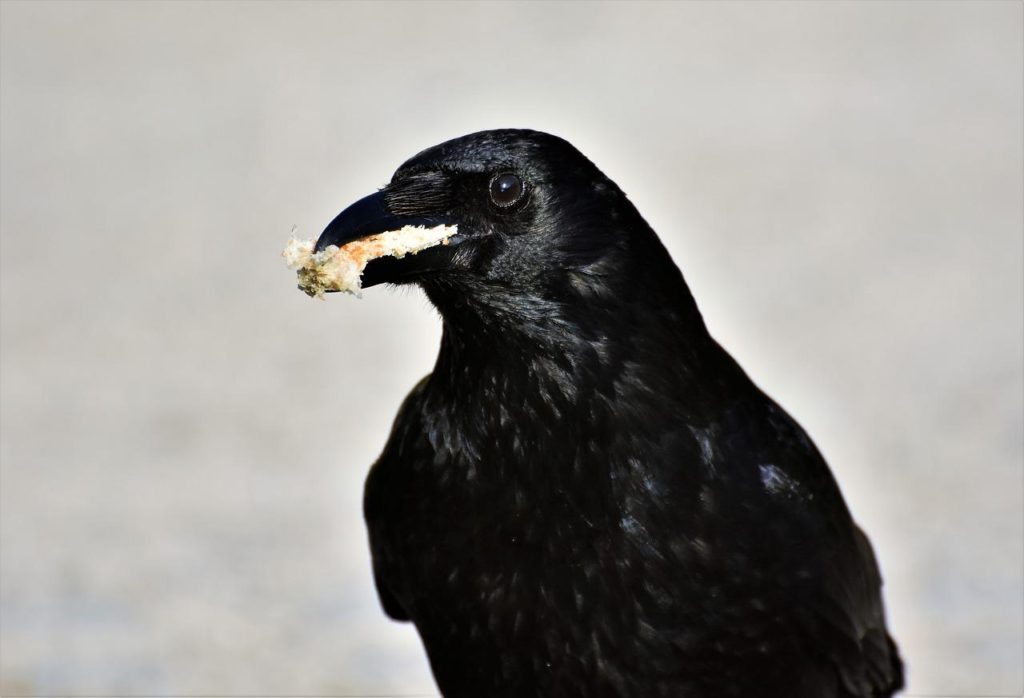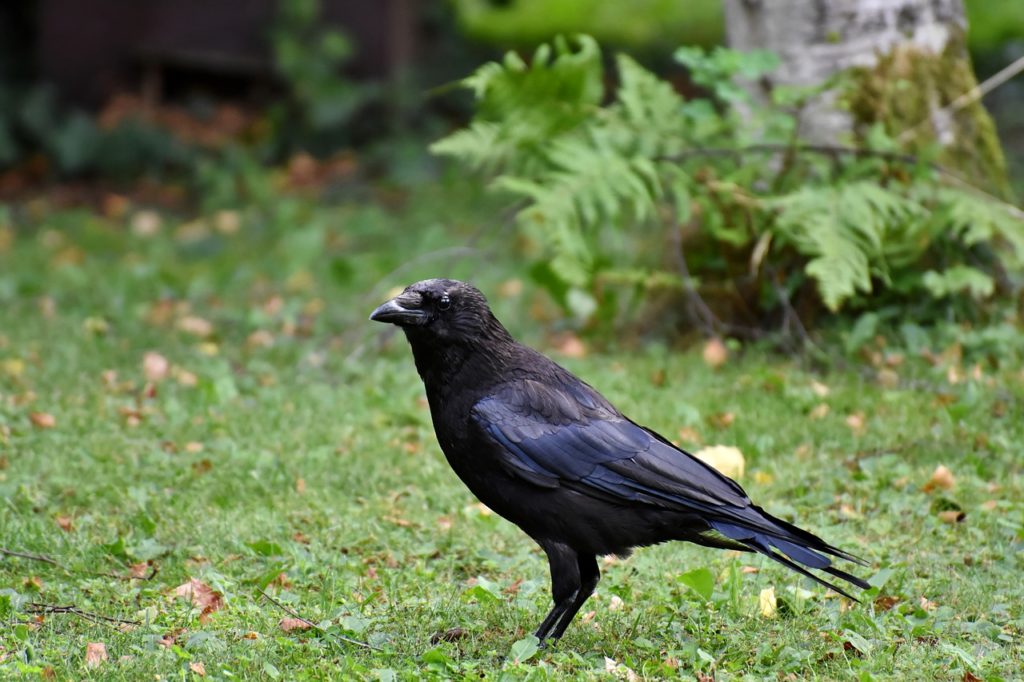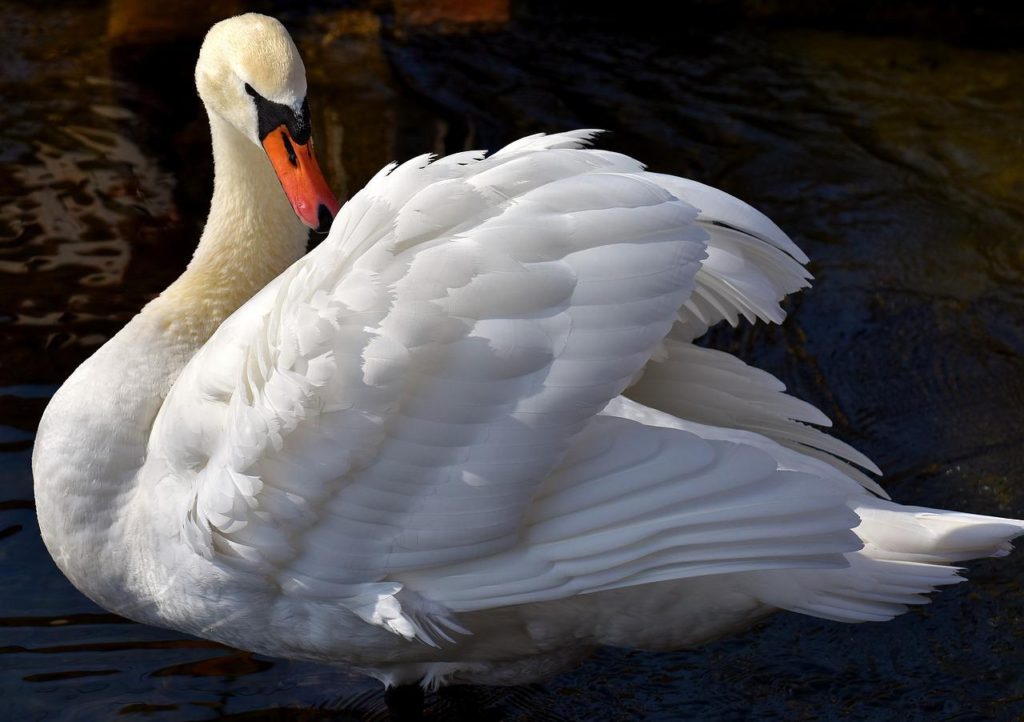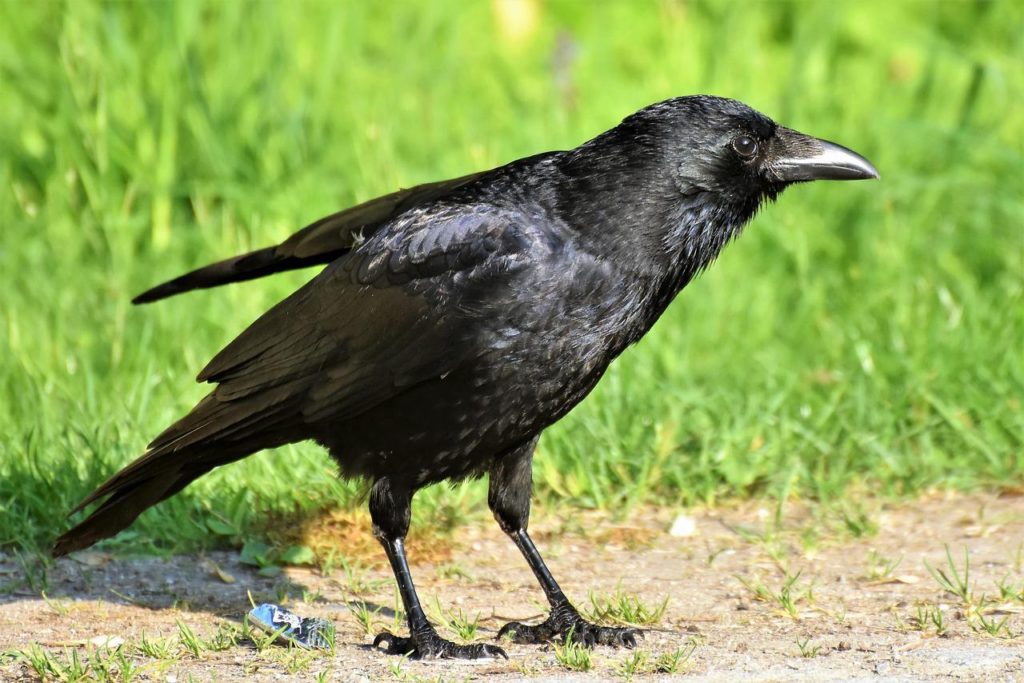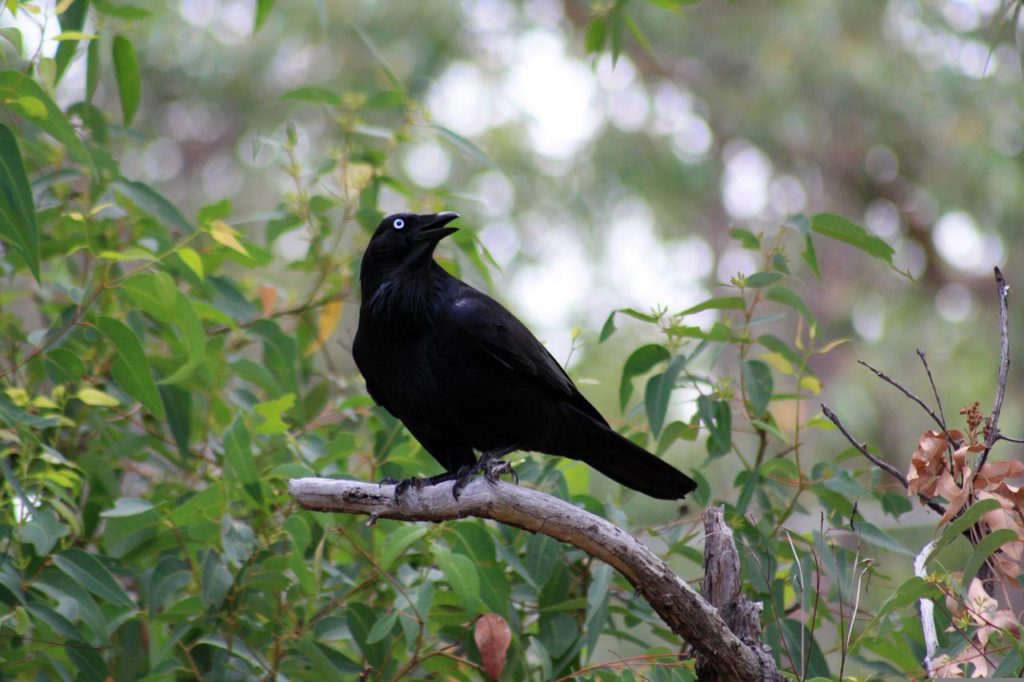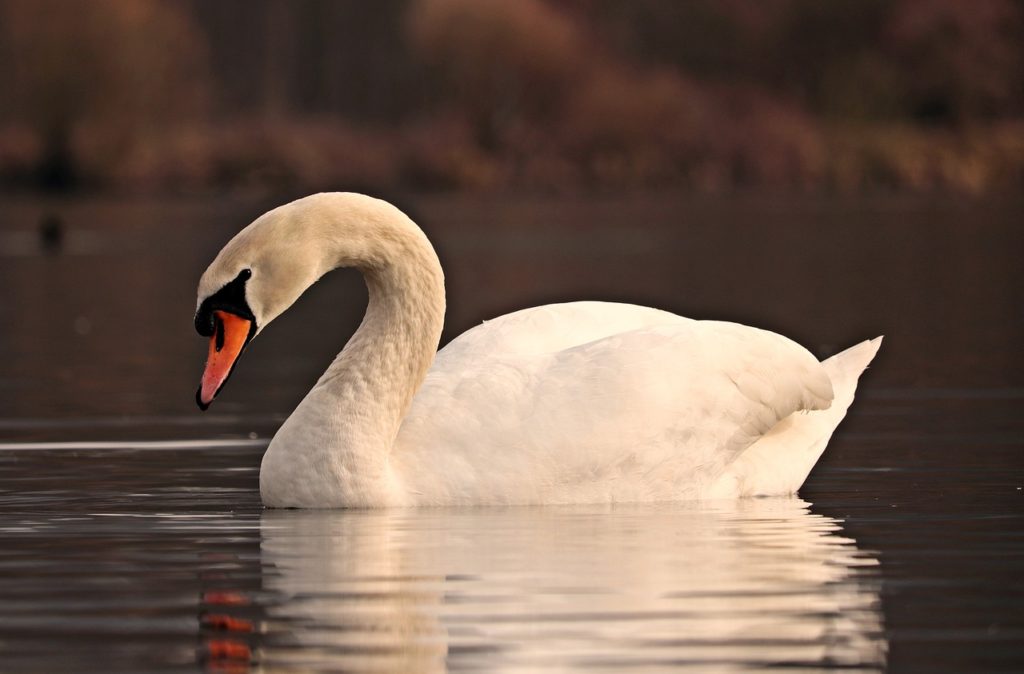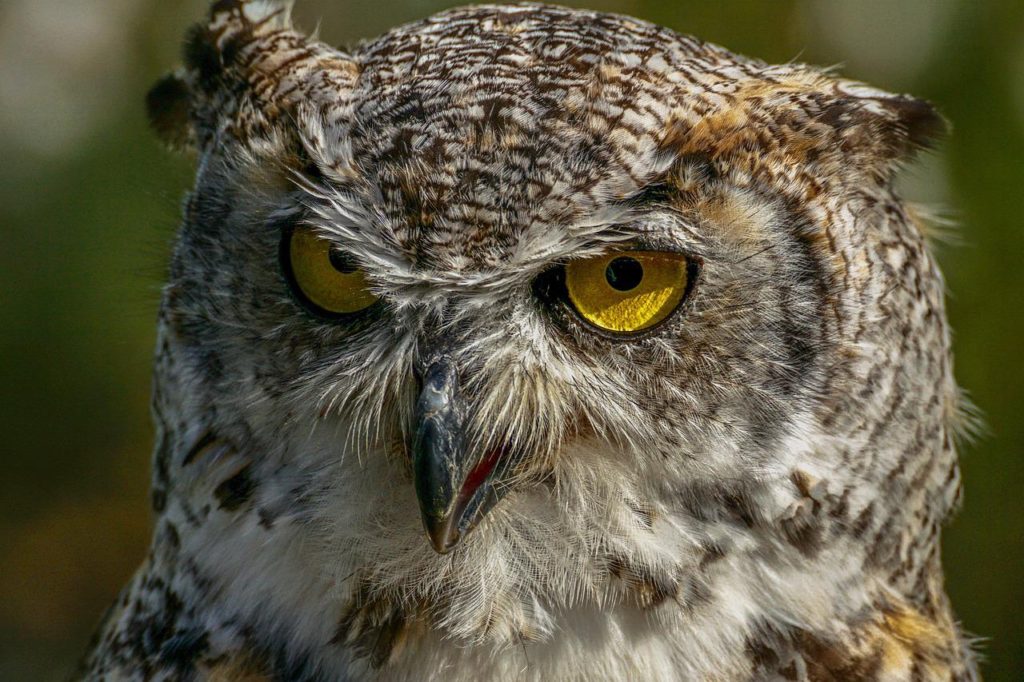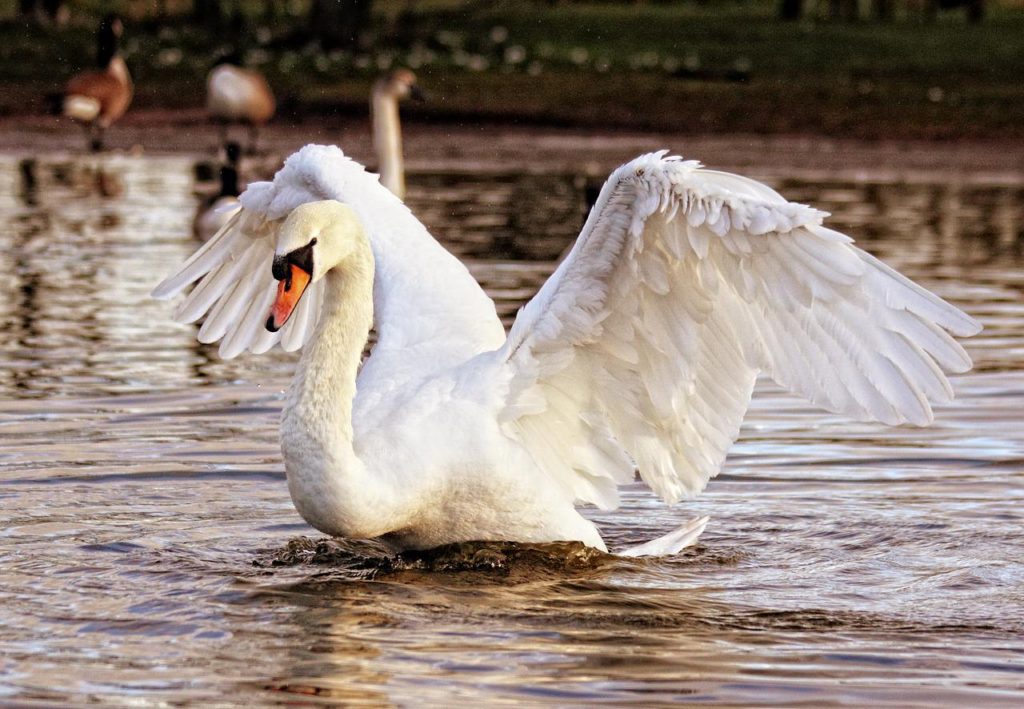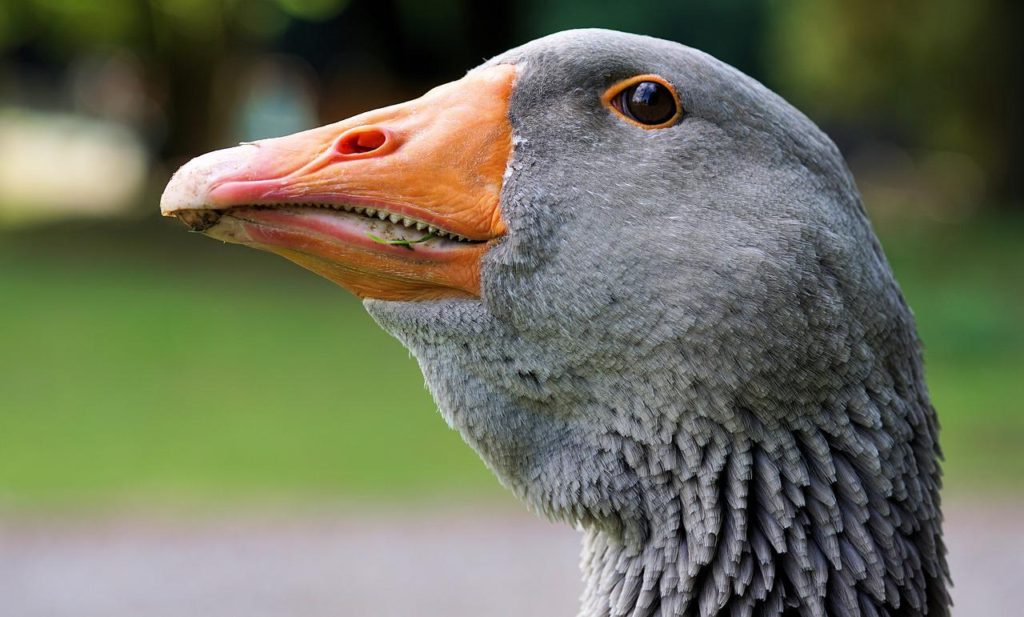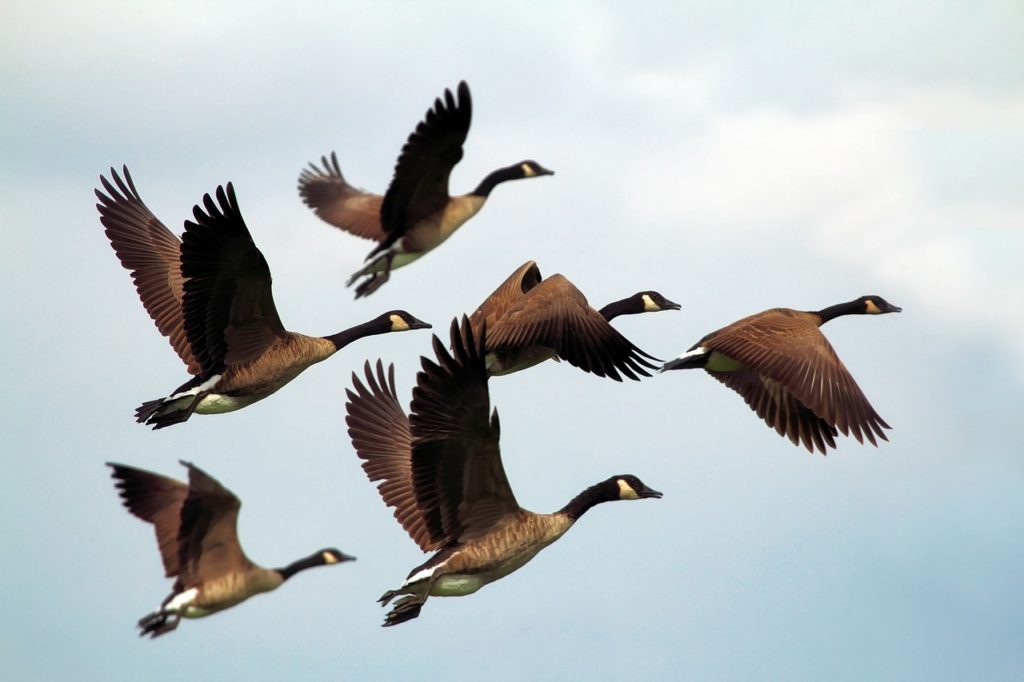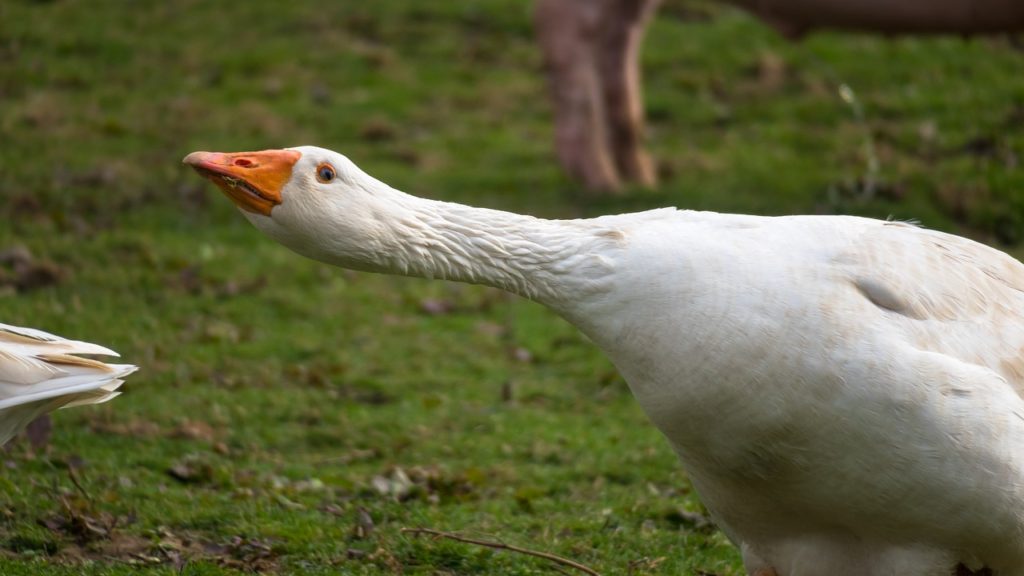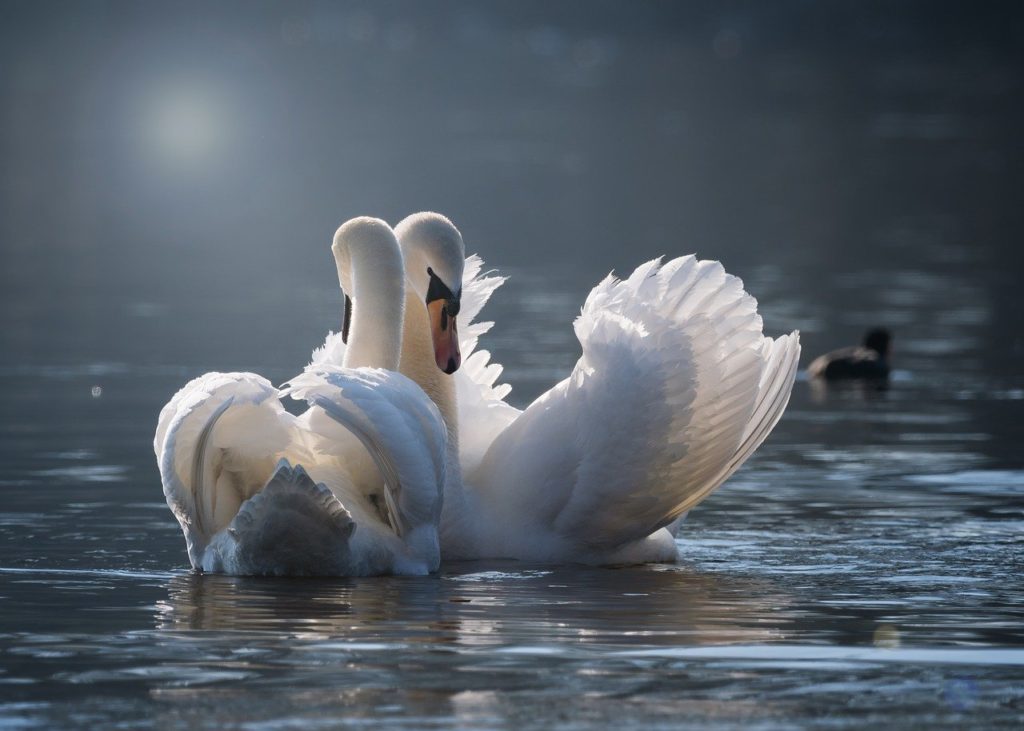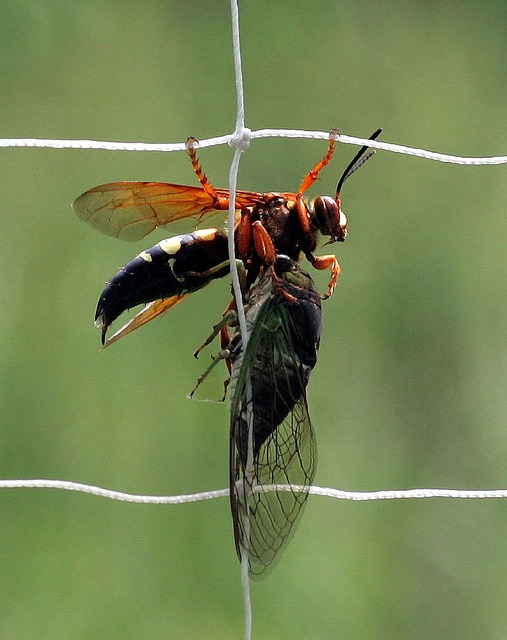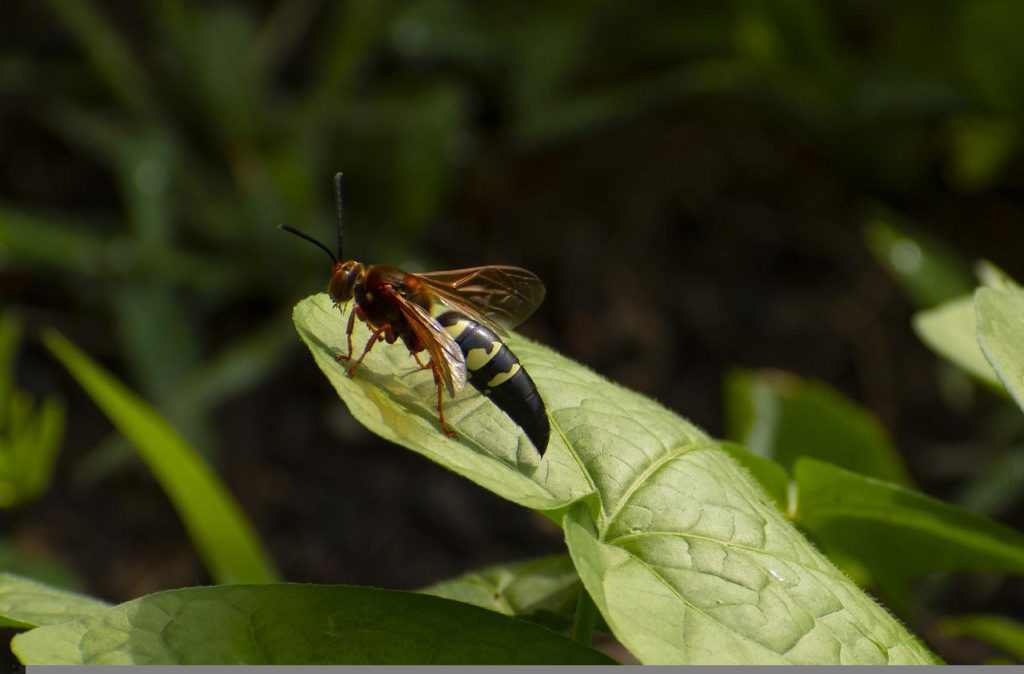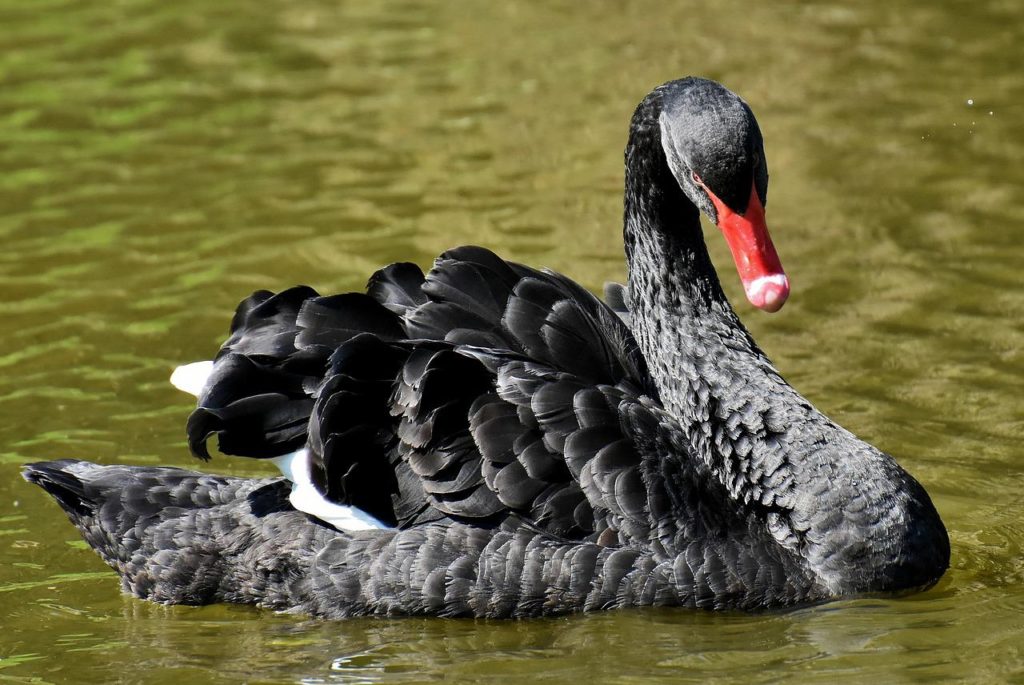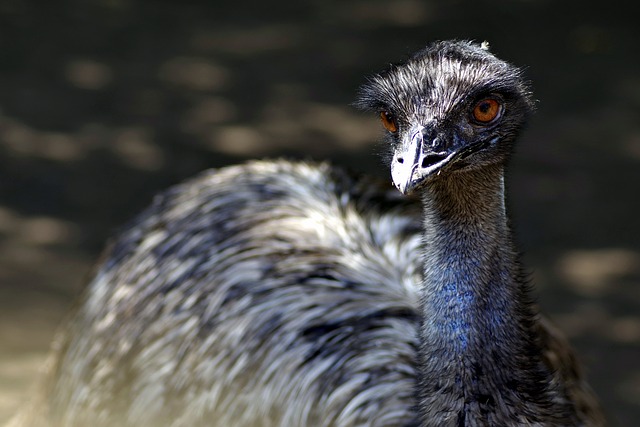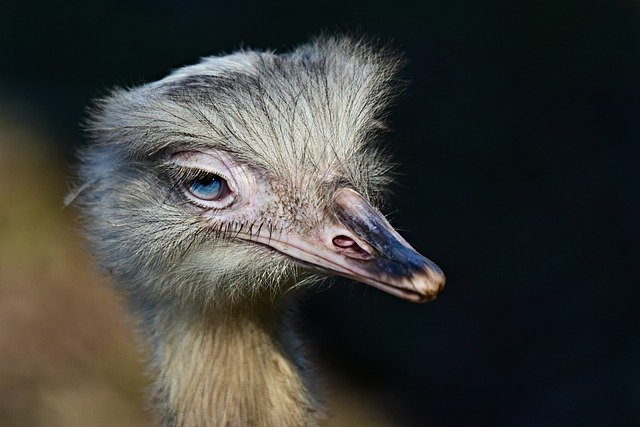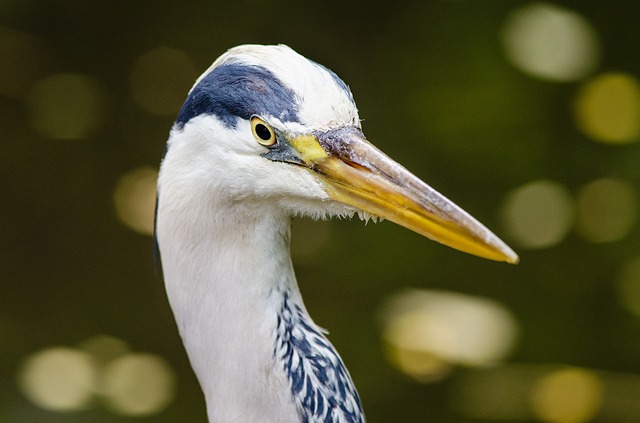
The life expectancy of birds is known to be closely related to their size. So as the biggest heron species in North America, how long do great blue herons live? The average life expectancy for these large birds is around fifteen years. However, surviving their first year is no easy task.
The Size-Age Connection
Great blue herons reach heights of four and a half feet and can have wingspans of up to six and a half feet wide. As a general rule, it’s accepted that the size of a bird correlates to its lifespan. So it’s no wonder great blue herons have a much longer lifespan than most smaller birds.
In fact, the oldest great blue heron on record is believed to be at least twenty-four. Flamingoes are another example of this general rule as these tall birds have an average lifespan of thirty years or more.
The Dangers Young Herons Face
While great blue herons live to an older age than many other bird species, there are also many perils and challenges they must face early on and often even before even hatching. Despite the fact that herons typically lay from three to six eggs in an average brood only two young herons on average will survive.
Herons are extremely sensitive when nesting and may abandon nests, young, and breeding colonies if they are disturbed by humans. While adult herons don’t have many predators once full-grown, many animals eat young herons and heron eggs. Predators such as raccoons, opossums, minks, and alligators are common threats among a handful of others.
Eagles in particular are a big threat, especially bald eagles. And just like when disturbed by humans, when there is a persistent eagle threat herons may abandon their nests completely.
In times when food is hard to find the weakest hatchlings typically die of starvation and then there is always the threat of simply falling out of the nest. Cold weather, windstorms, and heavy rain during hatching also commonly cause the death of baby herons.
High-Mortality Rate
Things don’t get any easier for young herons, at least not at first. Past studies on banded great blue herons in North America have shown that after leaving the nest the mortality rate for the first year of their life is around seventy percent. These are usually due to mistakes made because of the birds’ lack of experience. However, after the first year, the death rate decreases steadily.
Challenges Of Adult Herons
As adults, great blue herons have few predators, because of their large size and sharp beak they are simply too much to handle for most animals. However many herons are killed each year and often illegally by humans. Herons primarily eat fish which can cause them to get into trouble when it comes to stealing fish from commercial fish farms and backyard ponds.
There are a few ways to efficiently and humanely deter herons such as by using a heron decoy for example. Decoys trick these territorial feeders into thinking that another heron has already claimed the area, so they won’t land. However, a bullet is unfortunately sometimes used instead.
Because herons are at the top of the food chain they are affected by toxins. While we don’t know the full effects of the toxins on adult birds it does affect their reproduction. Mercury, selenium, and PCBs, in particular, have been proven to cause their eggshells to become too fragile to survive normal incubation.
Last but not least draining wetlands and the loss of other feeding habitats for development can drastically impact the reproduction rate of local heron populations. This is due to the fact that the number of breeding great blue herons is directly related to the amount of feeding habitat available.
Great blue herons are special and unique birds. While they can be considered pests in some circumstances deterrents are always the best solution. And to help ensure great blue herons live as long as possible feeding habitats and breeding areas need to be protected.
Start Shopping for Birding Supplies!
What Do Crows Eat?
With roughly 40 different species, crows are a common sight in most places around the world. And while most of us are familiar with their appearance and harsh vocalizations, their diet is not as obvious. So what do crows eat? Here's what you'll want to know. What Do...
What Are Crows Good For?
Crows are widely considered to be pests. However, these large and highly intelligent black birds actually serve quite a few important functions in the environment. So what are crows good for? Here's what you'll want to know. Pest And Parasite Management Crows are...
How Long Do Swans Live?
Swans are graceful and beautiful creatures and as such, people have many questions about them. They want to know about their mating rituals, their diet, their preferred habitats, and even their lifespans. How long do swans live for anyway? Swan lifespans actually vary...
Are Crows Good Pets?
People all around the world see and hear crows on a daily basis. Although these intelligent and dark birds are practically ubiquitous, most people don't think of them as being household pets. Are crows good pets? The general consensus is that crows do not make...
Are There Crows In Australia?
Crows are remarkably smart birds that also happen to be extremely adaptable. They navigate unfamiliar circumstances via observation and interaction. Crows reside in locations all over the globe. While they do not live in certain parts of South America, they do reside...
What Do Swans Eat?
Swans are famously long-necked birds that are symbols of romance, love, beauty, and purity. Since these waterbirds have so many admirers, people often wonder about their eating habits, behaviors, and more. What do swans eat, anyway? Swan Basics Swans typically live in...
Birds That Look Like Owls
Owls are typically solitary and mainly nocturnal birds. And although these well-known hooting creatures have a rather distinctive physical appearance, there are actually various other kinds of birds that resemble owls closely. And people sometimes mix them up. So...
Why Are Swans Protected?
Swans are graceful and gorgeous creatures. They also happen to have protection in the United Kingdom, interestingly enough. Why are swans protected there, anyway? And does the Queen own all the swans? Yes, she actually owns any mute swans that are unclaimed in both...
Birds With Teeth
Birds do not have teeth. However, there are quite a few that really look like they do! These birds have evolved special beaks which help them to perform important functions. So here are some of the most amazing birds with “teeth,” and what you’ll want to know about...
Do Geese Fly?
Although geese are clearly birds, there are many individuals who do not necessarily associate them with flying. So, do geese fly? The honest answer is that these waterfowl do. They do not exactly slouch in the flying department, either. Many people are pleasantly...
Are Geese Dangerous?
Geese, in brief, are waterbirds that are quite substantial in size. Since they're often spotted on golf courses, at schools, and in community parks, people understandably tend to wonder whether they're safety threats. Are geese dangerous? Why Geese Attack...
Do Swans Mate For Life?
Swans are famously elegant waterbirds that are known for their sizable bodies, webbed feet, and lengthy necks. People often associate them with romantic imagery and monogamy. Do swans mate for life? You can find the response to that common and rather fascinating...
When Do Cicada Killers Come Out?
Whether you dread them each year or are waiting for them to emerge and control the cicada population you may be wondering, “When do cicada killers come out? The answer is they come out each summer in late June or July. Here’s what you’ll want to know. Cicada Killer...
Are Cicada Killers Dangerous?
One look at one of these huge wasps buzzing around, your yard, and it’s only natural to ask, “Are cicada killers dangerous?” Fortunately, these wasps are mild-mannered. But here’s what you’ll want to know. Cicada Killer Wasps Basics Cicada killers emerge from the...
What Are Black Swans?
What are black swans? Black swans (Cygnus atratus) are sizable waterbirds. This species primarily appears in Australia's southwestern and southeastern portions. The black swan is nomadic in its homeland. This bird, true to its name, is mostly black. Although the bird...
What Do Cicada Killers Eat When There Are No Cicadas?
What do cicada killers eat when there are no cicadas? Well, while cicada killer wasps do hunt cicadas, the adults don’t actually eat them or kill them, their young do. Read on to learn more! The Cicada Killer Diet While you may have seen cicada killer wasps flying...
Do Cicada Killer Wasps Sting?
As one of the biggest species of wasp in North America the cicada killer wasp can be intimidating. And because of their size, appearance, and scary-sounding name, many people wonder, “Do cicada killer wasps sting? The answer is yes and no, and here’s what you’ll want...
Emu Facts
Did you know? One emu egg can make an omelet that can feed up to six adults. Did you know that the emu is the only bird with calf muscles? Can an emu walk backward? Let us find out by exploring some of the most jaw-dropping emu facts. Emus Have Amazingly Powerful Legs...
Rhea Facts
Doting dads, did you know the male rhea builds the nest, incubates the eggs, and takes care of the young? The rheas are paragons of parental care. It’s a bird like no other, and you will be surprised by the following rhea facts. Rheas Are One Of The Best Dads In The...
